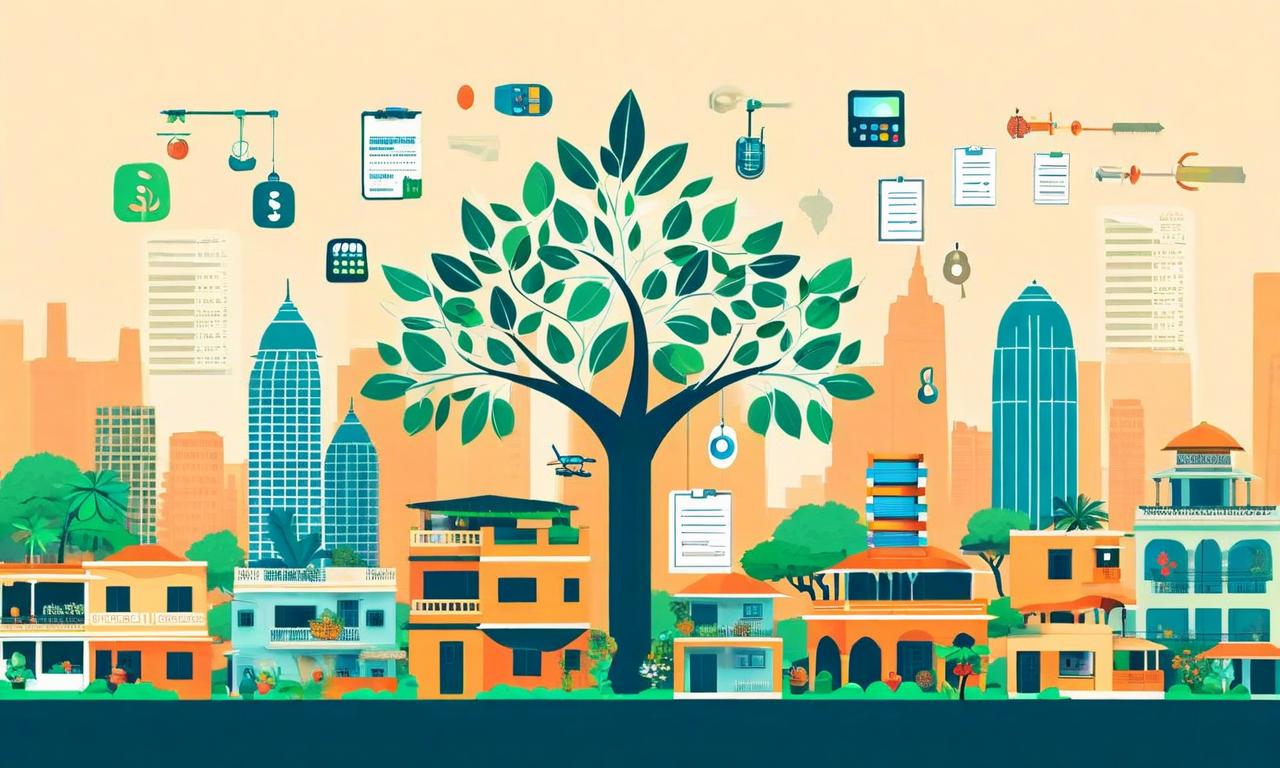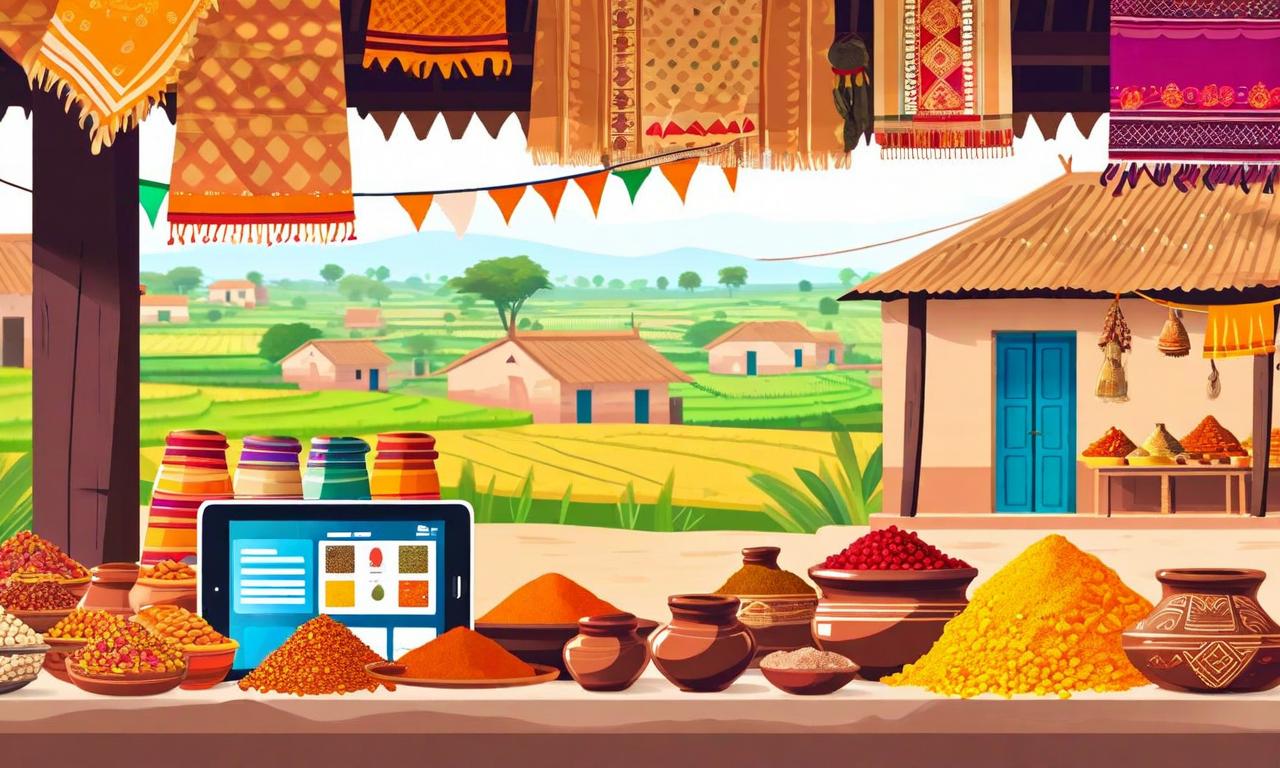India's Life Insurance Sector Grows 5.1% Amid Challenges and Evolving Landscape
India's life insurance industry achieved new business premiums of ₹3.97 lakh crore, a 5.1% increase year-over-year, despite low penetration and profitability concerns. Private insurers are outpacing market growth, with gross written premiums expected to exceed ₹10.1 lakh crore by 2025. The sector faces challenges including low penetration at 3.8% of GDP and profitability constraints. Distribution is evolving with traditional channels dominating but digital platforms gaining traction. IRDAI has introduced reforms to boost the sector. The industry contributes significantly to the economy, holding ₹24.37 lakh crore in government securities and covering over 6.6 crore rural lives. Customer service metrics have improved with lower grievance ratios and faster claim settlements.

*this image is generated using AI for illustrative purposes only.
India's life insurance industry has demonstrated resilience and growth, achieving new business premiums of ₹3.97 lakh crore, a 5.1% increase from the previous year. This growth comes despite structural challenges, including low penetration and profitability concerns, highlighting the sector's potential and ongoing transformation.
Market Dynamics and Growth Projections
Private insurers are outpacing the overall market growth, with gross written premiums expected to surpass ₹10.1 lakh crore by 2025. This projection underscores the increasing competitiveness and market share gains of private players in the industry.
Structural Challenges
Despite the positive growth trajectory, the life insurance sector in India faces significant hurdles:
Low Penetration: At just 3.8% of GDP, insurance penetration remains a key challenge, indicating substantial untapped potential in the market.
Profitability Constraints: The sector's returns are lagging behind banks and NBFCs, primarily due to:
- High upfront acquisition costs
- Long-duration policies affecting short-term profitability
Evolving Distribution Landscape
The distribution model for life insurance products is undergoing a transformation:
- Traditional Channels: Agents continue to dominate, accounting for 60% of new business premiums.
- Emerging Channels: Digital platforms and bancassurance partnerships are gaining traction, reflecting changing consumer preferences and technological advancements.
Regulatory Reforms and Industry Support
The Insurance Regulatory and Development Authority of India (IRDAI) has introduced several reforms to boost the sector:
- GST exemptions to reduce cost burdens
- Surrender value reforms to enhance policyholder benefits
- 'Use and file' framework to accelerate product launches and innovation
Industry's Economic Contribution
The life insurance sector plays a crucial role in India's economy:
- Holds ₹24.37 lakh crore in government securities, supporting national financial stability
- Provides coverage to over 6.6 crore lives in rural areas, contributing to financial inclusion
Improving Customer Service Metrics
Significant strides have been made in enhancing customer experience:
- Grievance ratios have fallen by more than half since FY15
- Faster claim settlements are being processed
- Improved persistency ratios indicate higher customer satisfaction and product suitability
Outlook
While the Indian life insurance sector shows promising growth and ongoing improvements in customer service, it still faces challenges in penetration and profitability. The industry's evolution in distribution channels, coupled with supportive regulatory reforms, positions it for potential long-term growth. As the sector continues to adapt to changing market dynamics and consumer needs, it remains a critical component of India's financial services landscape.


























